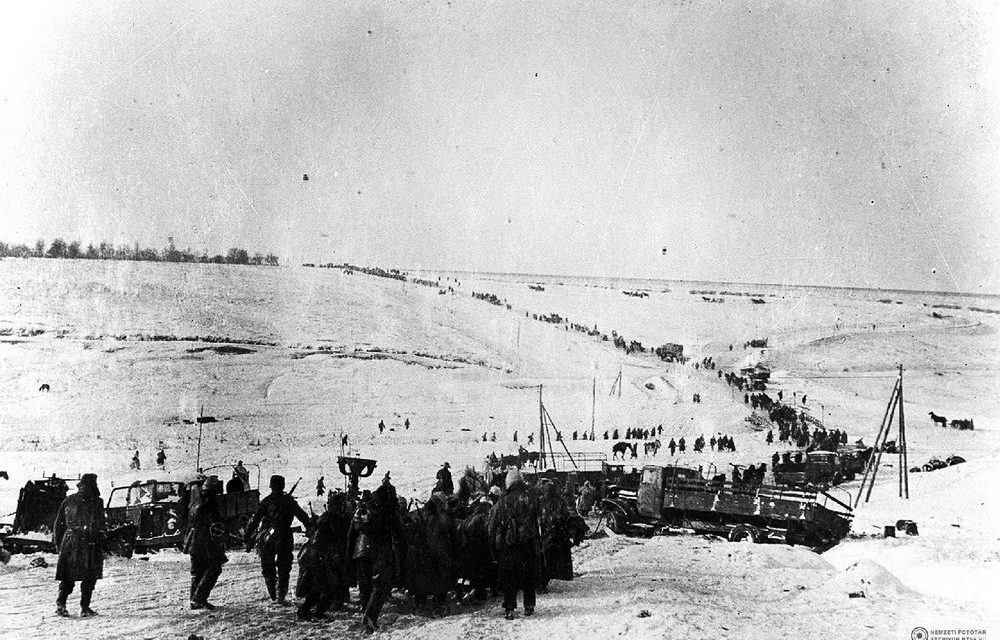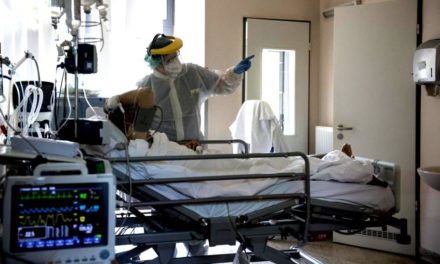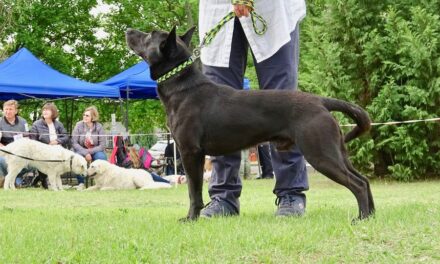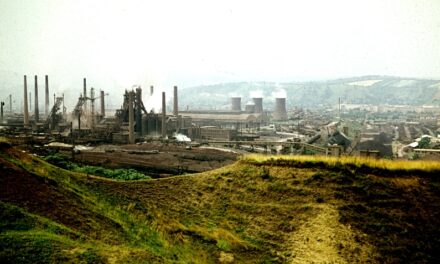By the summer of 1941, when Germany launched its offensive against the Soviet Union, Hungary had not yet prepared for a serious war. However, the Romanians and Slovaks immediately joined the campaign on the side of the Germans, who hoped that after the Wehrmacht's quick victory, they would be able to take back something of what the first and second decisions in Vienna had given to Hungary. This also forced Hungary to take action.
In addition, four days after the opening of Operation Barbarossa, i.e. on June 22, 1941, planes without insignia bombed the city of Kassa, and the express train from Kőrösmező in the Carpathians to Budapest was machine-gunned by planes with Soviet insignia near Rahó.
Prime Minister László Bárdossy announced on June 27: as a result of an unprovoked attack on our country by the Soviets, the Hungarian royal government states that a state of war has been established between the two countries. A few days later, the army corps called the Carpathian Group, which was part of the rapid corps that excelled both in the invasion of Northern Transylvania and in the military movements in the southern region, already left for the front.
The corps, which included the mechanized formations of the National Guard, pushed deep into the territory of the Soviet Union in four months, but it almost completely lost its military equipment. From November, therefore, the Kingdom of Hungary participated in the war against the Soviet Union only with an occupying force, with five brigades.
However, the German offensive, which was still moving at the speed of a steam train in the summer, stalled near Moscow by the end of the year. The Barbarossa plan, which required huge material and blood sacrifices, did not achieve its desired goal, and Adolf Hitler, seeing the German losses, decided to make increased use of the strength of his comrades-in-arms in the next phase of the war. In the last days of the year, he wrote a letter to Mussolini, Antonescu and Horthy, in which Ferenc Szombathelyi, Chief of the General Staff of the Honvéd, explained:
"...our voluntary participation has been turned into an obligation at the same time".
Field Marshal Wilhelm Keitel agreed with Antonescu in Bucharest at the end of January 1942 that the Romanians would send even more soldiers to the front.
Imperial Foreign Minister Joachim von Ribbentrop and Field Marshal Keitel also held talks in Budapest. They requested the deployment of the entire Hungarian army. After long persuasion, Bárdossy promised: Hungary is willing to go to the extreme limit of its possibilities. The next day, Horthy assured Hitler in a letter that the Hungarian army would participate in the spring operations.
The Hungarian 2nd Army that went to the front consisted of 9 light divisions, an improvised field armored division and 207,000 soldiers and servicemen of an aviation group. They took almost half of the entire arsenal of the national defense with them.
The first shipment left on April 11, 1942. Most of the troops were unloaded in the Kursk area and immediately joined the German offensive operations. At the cost of hard fighting and significant losses, they captured the city of Tyim, and then reached the banks of the Don on July 6.
In the absence of antiquated artillery and adequate armored forces, all points of resistance were taken with an infantry attack, which already caused significant losses on the way there.
On the banks of the Don, the Red Army was able to hold a few bridgeheads. Although they were attacked from time to time, even with German help, the bridgeheads remained in Soviet hands until the winter offensive. This is important because this is where the counterattack started.
By then, however, the equipment of the Hungarian 2nd Army was quite worn out. In addition, he had to maintain a line of about two hundred kilometers that was much longer than his strength and capabilities. The situation is well characterized by the fact that there were sections on the banks of the Don where it was only necessary to observe the river. And nowhere could they create a defense system divided into several levels, equipped with adequate reserves, and also built in depth. The Hungarian National Guard hoped that the Soviets would devote all their strength to the Battle of Stalingrad, and would not be able to attack elsewhere. It didn't happen that way.
Source: Ákos Jezsó / Hirado.hu
Front page image: Infantry unit of the Hungarian 2nd Army at the Don Bend (Photo: National Photo Gallery)













